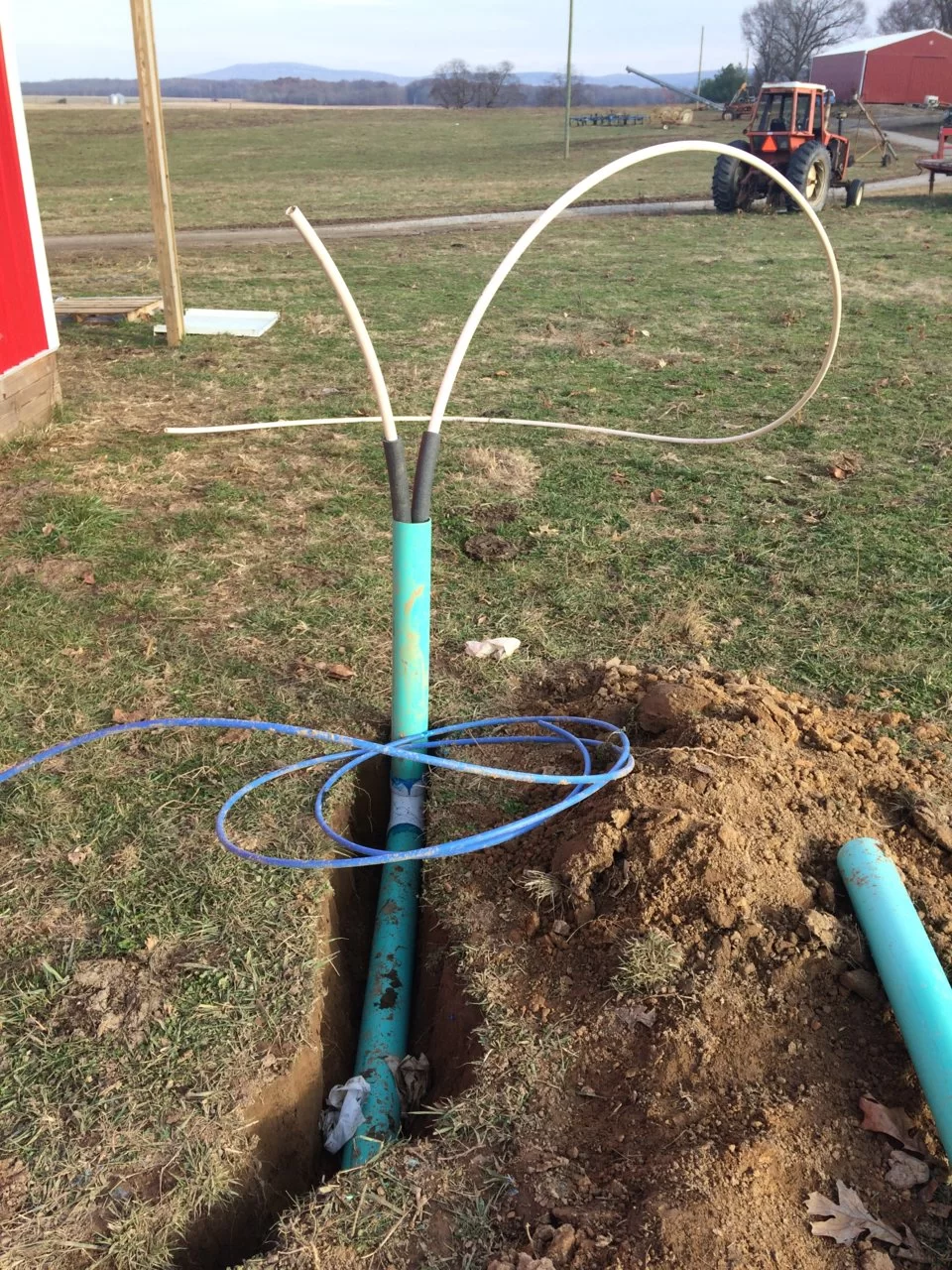I started by tracking down the tanks I would need to put the boiler together. I had a 250 gallon anhydrous tank that would be the fire box but I needed a larger tank to be the water jacket. I determined that the cheapest route would be to buy a 500 or 1000 gallon anhydrous tanks, so I watched the agricultural auction sites until I found one two and a half hours away for $200.


I had built another one of these for our old house a few years back so I pretty well knew how I wanted to do it. I first considered using the entire 1000 gallon tank, but I decided that so much water wouldn't be practical, so I started by cutting the big tank in half. I then cut the end off the little one and took measurements for the end plate. I went to a local fab shop and had one cut out.




Getting the plate on was harder than I expected it to be because it turned out that the smaller tank was not exactly round. I got it tacked on and then flipped it over and welded it solid. The next step is welding the chimney pipe into the fire box before inserting it into the jacket.
I have more done than this and I will get it posted tonight hopefully.
I had built another one of these for our old house a few years back so I pretty well knew how I wanted to do it. I first considered using the entire 1000 gallon tank, but I decided that so much water wouldn't be practical, so I started by cutting the big tank in half. I then cut the end off the little one and took measurements for the end plate. I went to a local fab shop and had one cut out.
Getting the plate on was harder than I expected it to be because it turned out that the smaller tank was not exactly round. I got it tacked on and then flipped it over and welded it solid. The next step is welding the chimney pipe into the fire box before inserting it into the jacket.
I have more done than this and I will get it posted tonight hopefully.









